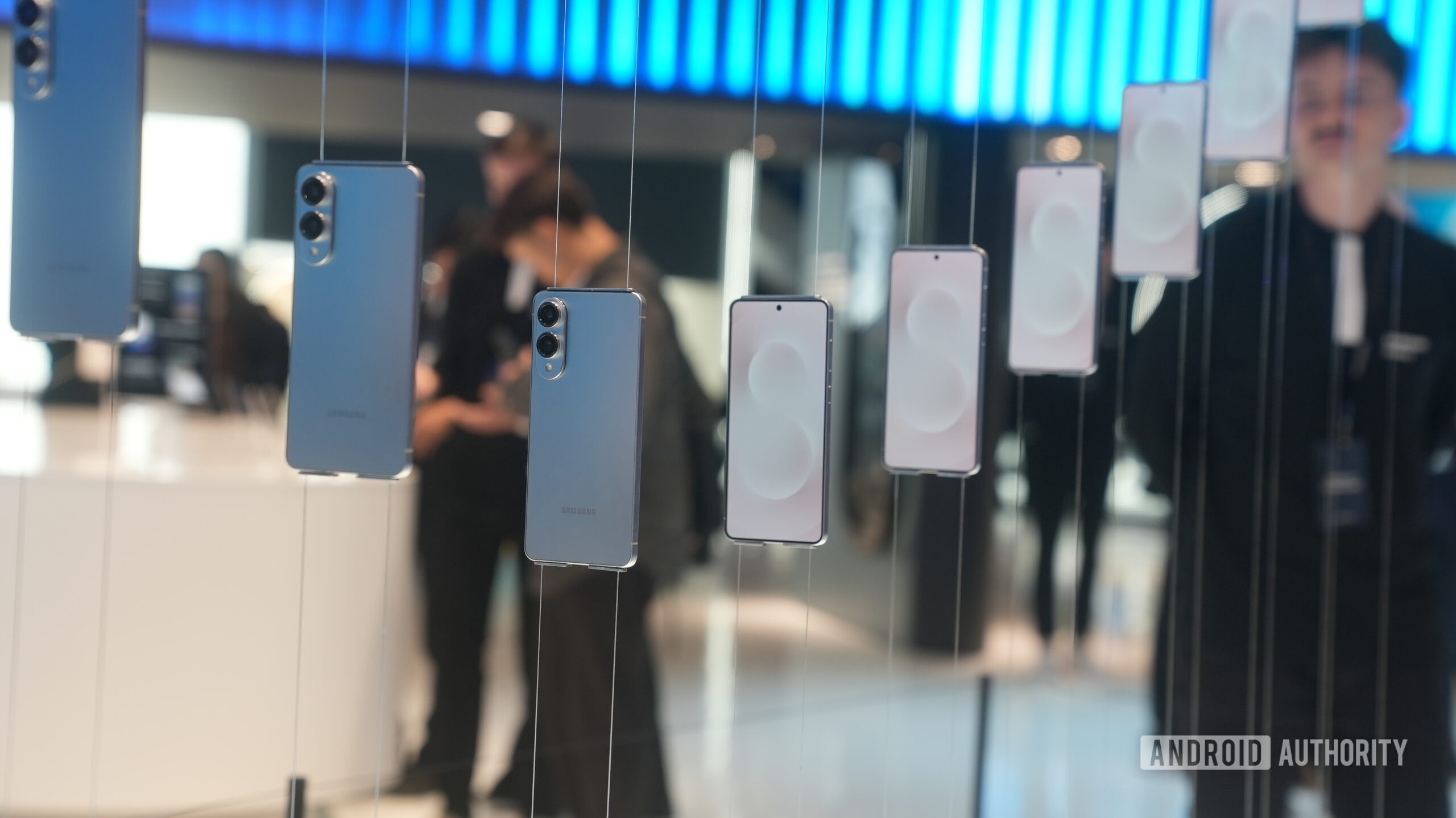
Paul Jones / Android Authority
TL;DR
- Samsung is just about to launch the Galaxy S25 Edge, an extra-thin variant of this year’s S25 flagship.
- Ahead of Monday’s Unpacked event, new promotional imagery of the hardware has leaked.
- We’re also getting a new look at a few cases and Samsung’s screen protector.
It’s official: In just a few short days, on May 12, Samsung is formally launching the Galaxy S25 Edge. Depending on who you ask, the controversial extra-thin smartphone is either the most desirable flagship Samsung’s cooked up in a while, or a symbol of everything that’s wrong with modern phone design trends. You’ll be able to get your hands on the phone and make up your own mind soon. Until then, why wait all weekend for the official reveal when we’ve got a new leak to check out today that lays bare the S25 Edge and its accessories?
What we’ve got here appears to be some very official-looking Samsung imagery shared by Android Headlines, detailing the S25 Edge and some of its stand-out features. That side-view teaser we first checked out back at the start of the month returns once again, though now in sharp focus, highlighting the handset’s slim build.

We can glean confirmation of a few camera details from these graphics, and spot that mention of ingress protection, but sadly these paint a less than complete picture of the hardware. While there’s no denying that’s a very svelte handset we’re looking at, Samsung doesn’t seem to be going out of its way to highlight the actual measurement (which we’ve heard before as 5.8mm thin) — not in this imagery, anyway.
Although these pics aren’t overloaded with juicy specs, this image dump does manage to give us a nice preview of some of the cases set to be available for the Galaxy S25 Edge. We’re not saying that an extra-thin handset is necessarily going to be that much easier to accidentally drop, but we’d sure like to be covered, all the same. First up, we’ve got Samsung’s silicone case:
If that one’s not to your taste, Samsung will also be bringing back its “Kindsuit” cases with that classy leather-esque finish:
As you can see, all these will be available in a variety of colors, coordinated to match the hues the S25 Edge itself will arrive in. But if you’d rather just let the phones shine through, that’s an option, too:
Lest you think we were playing a little fast and loose with that “accessory” label when we really meant “just cases,” we’re wrapping up this leak with Samsung’s screen-protection solution for the S25 Edge:
Check back with Android Authority this coming Monday, May 12, for full coverage of the Samsung Galaxy S25 Edge launch.

